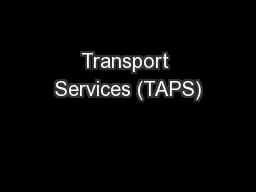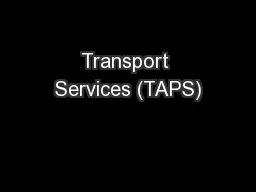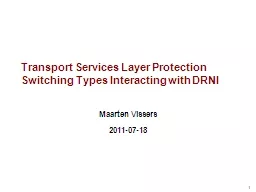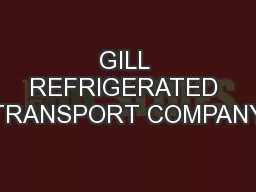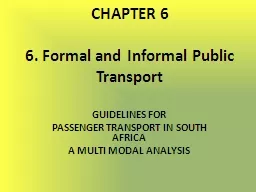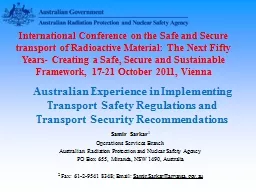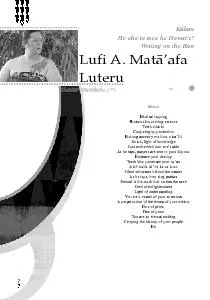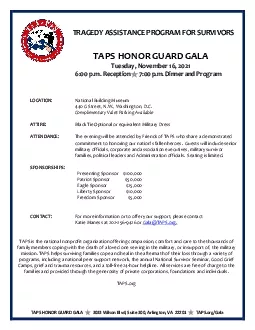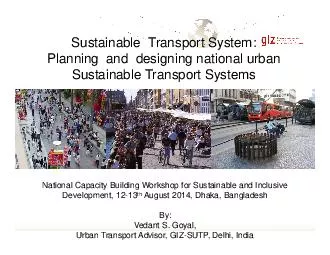PPT-Transport Services (TAPS)
Author : liane-varnes | Published Date : 2018-02-26
BOF plan T Moncaster M Welzl D Ros draft moncastertsvwgtransportservices 00 https sitesgooglecomsite transportprotocolservices ICCRG 88th IETF Meeting Vancouver
Presentation Embed Code
Download Presentation
Download Presentation The PPT/PDF document "Transport Services (TAPS)" is the property of its rightful owner. Permission is granted to download and print the materials on this website for personal, non-commercial use only, and to display it on your personal computer provided you do not modify the materials and that you retain all copyright notices contained in the materials. By downloading content from our website, you accept the terms of this agreement.
Transport Services (TAPS): Transcript
Download Rules Of Document
"Transport Services (TAPS)"The content belongs to its owner. You may download and print it for personal use, without modification, and keep all copyright notices. By downloading, you agree to these terms.
Related Documents

